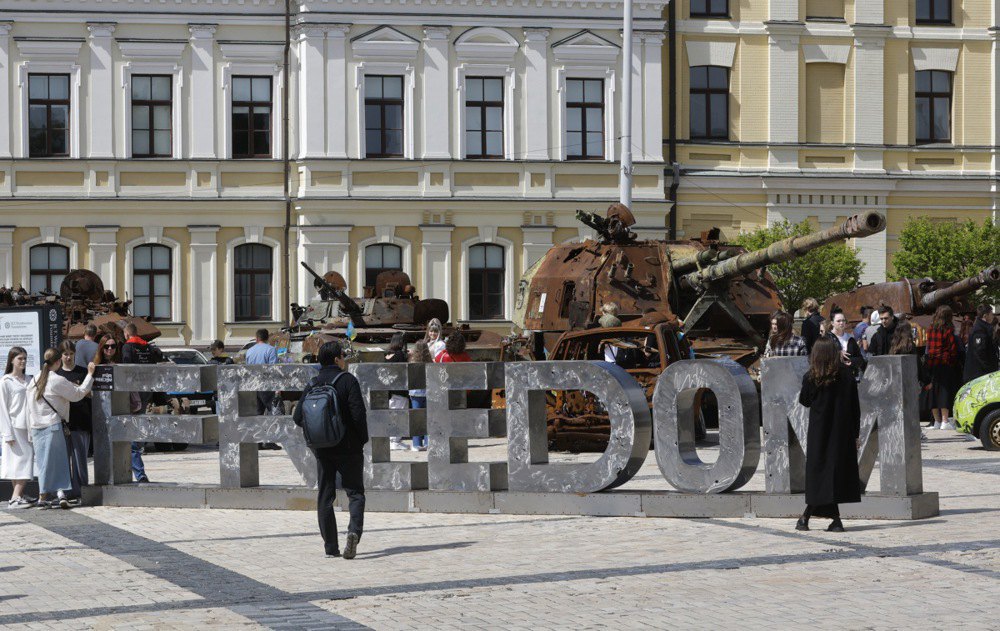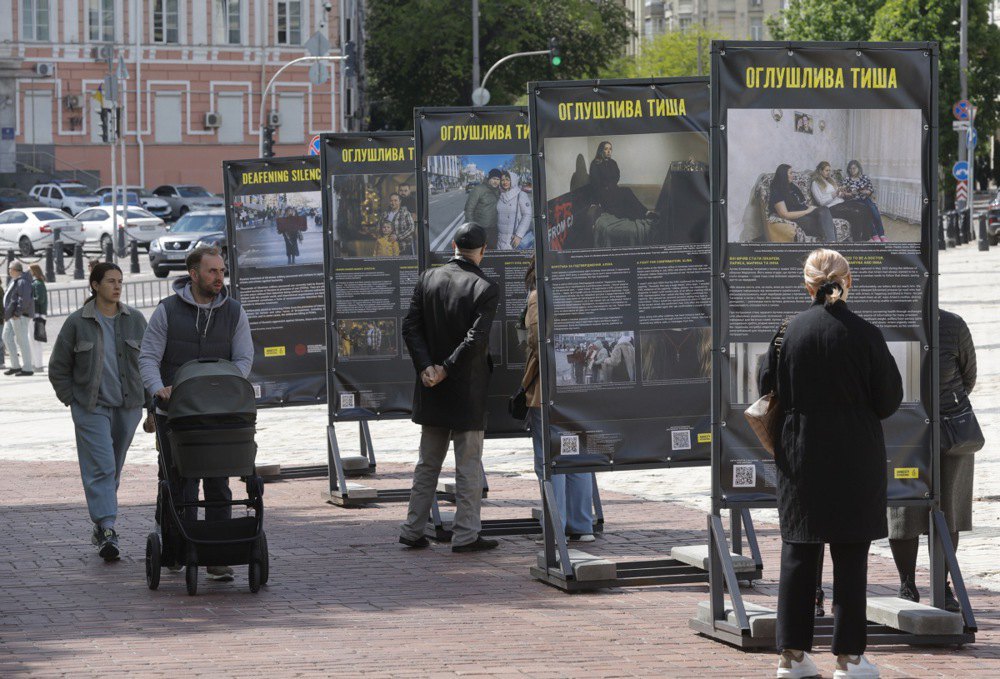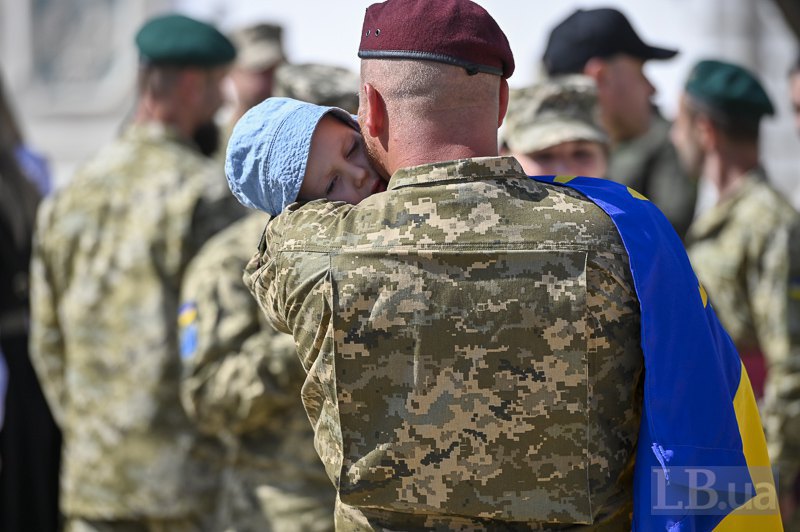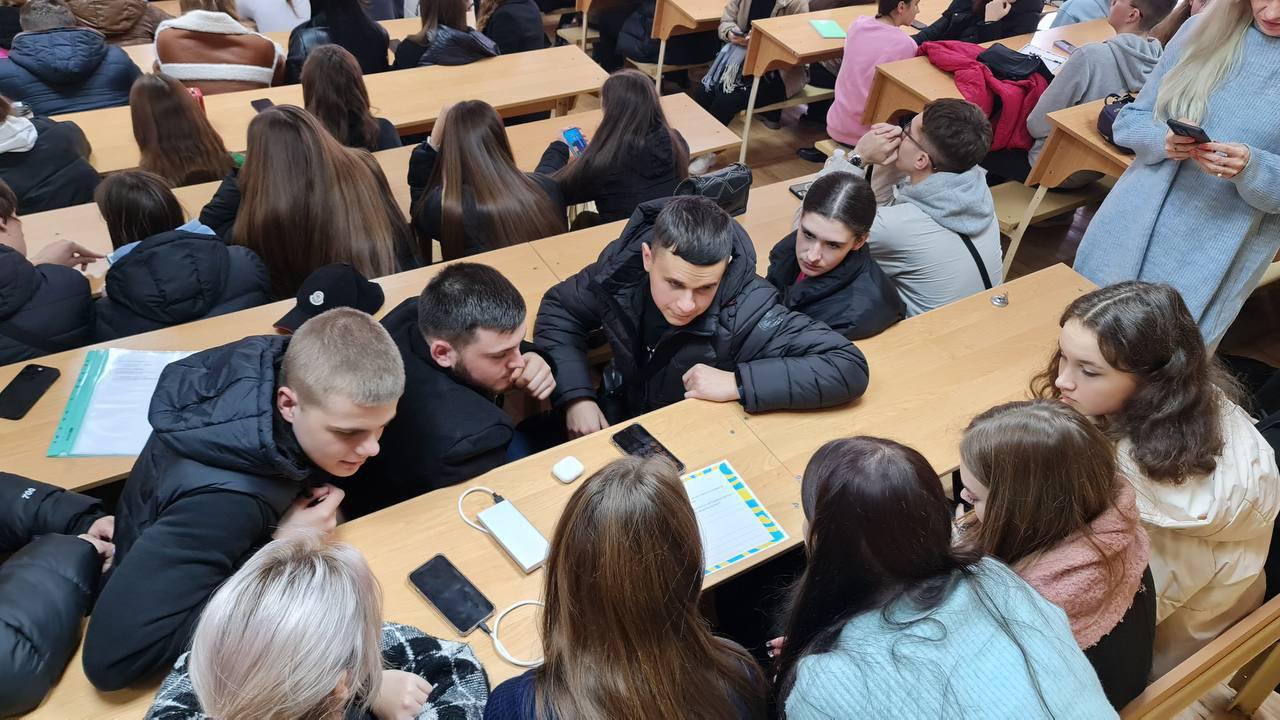
According to official data, as of 1 January 2022, there were 41.4 million inhabitants in Ukraine, of whom 20.5 million were men. This segment of the population was distributed by age group as follows:
- Aged 19-25: 4.0 million
- Aged 26-35: 4.8 million
- Aged 36-50: 8.8 million
- Aged 50-60: 2.0 million
If we consider UN data indicating that 6.2 million people have left Ukraine, and assume that one third of them are men, the male population remaining in Ukraine would decrease to approximately 12.1 million. Simultaneously, as of 16 July 2024, only 4,690,496 persons liable for military service had registered with the Territorial Recruitment and Social Support Centres (TSCs) of the Armed Forces of Ukraine and updated their military records. This means that the whereabouts and health status of around 7 to 7.5 million men remain uncertain.
The operational reserve of the first stage was depleted in February 2022, and those liable for military service who were designated for assignment to military organisational structures of the Defence Forces have already been mobilised and completed their tasks during the initial mobilisation phase. At present, conscripts are being mobilised — individuals who are technically categorised as the remaining available resources. These human resources are simply listed in the MCC and JV, and their specific military specialities are of limited importance, as the requirements of the Defence Forces differ significantly from those registered in the MCC and JV.
However, it is evident that not everyone can be mobilised. According to Article 23 of the Law of Ukraine “On Mobilisation Training and Mobilisation”, there are 14 primary grounds for deferring military service during mobilisation.

What does Ukraine have?
Students:
- Approximately 410,000 male students are currently pursuing their first higher education degree. In 2022, this number stood at 431,000. Taking into account the losses due to the temporary occupation of part of Ukraine’s territory, the current figure is estimated at 408,000 individuals. In 2023, more than 56,000 male students enrolled in universities, and in 2024 — 25,000. The number of students enrolled on a contract basis increased by 70%, and the average age of students rose to 27 years.
- Obtaining a second higher education: While precise data for 2025 is not available from open sources, a notable increase in the number of male students aged 25 and above suggests that over 56,000 may be pursuing a second degree.
- Studying for a master’s degree: Enrolment trends for male students aged 25 and older in master’s programmes are as follows — in 2022, almost 50,000 applicants; in 2023, over 55,000; and in 2024, more than 36,000.
- Postgraduate students: As of 2022, between 7,000 and 8,000 individuals were engaged in postgraduate studies. In 2024, a total of 91,561 applications for postgraduate programmes were submitted. Over the past five years, approximately 30,000 men over the age of 25 began postgraduate study — of these, 78% commenced their studies in 2022–2023. The proportion of men over 30 years old stands at 67%.
Persons with Illnesses:
According to the Ministry of Health of Ukraine, 15% of Ukrainians suffer from severe chronic illnesses. The evaluation of fitness for military service is the responsibility of military medical commissions (MMCs), which are established by order of district state (military) administrations. These commissions are not part of the structure of the CMC or JMC and are autonomous in making decisions regarding an individual’s fitness or unfitness for military service. Accordingly, it is reasonable to assume that this 15% of men should be deemed unfit for service during a special mobilisation period.

General statistics indicate that the following proportions of persons liable for military service may be unfit due to health conditions (within the aforementioned 15%):
- Cardiovascular diseases — approximately 10–15% (hypertension, heart failure, coronary heart disease);
- Mental disorders — approximately 5–10% (schizophrenia, epilepsy);
- Orthopaedic pathologies and diseases of the musculoskeletal system — approximately 5–10% (arthritis, scoliosis, amputations);
- Neurological diseases — approximately 2–5% (stroke, paralysis, multiple sclerosis);
- Oncological diseases — approximately 1–3%;
- Chronic lung diseases (asthma, COPD) — approximately 3–5%;
- Diabetes mellitus — 5–7%;
- Acute and chronic infectious diseases (tuberculosis, HIV) — approximately 1–3%.
It can be assumed that a total of 20–30% of men liable for military service may suffer from serious illnesses that render them unfit for duty, according to the conclusions of the military qualification commission. The number in this category is estimated at 1.5–2.5 million individuals.
Citizens with disabilities: According to the same data from the Ministry of Health of Ukraine, 12% of the population are classified as persons with disabilities in Groups 1 and 2. This category overlaps with the diagnoses mentioned in the previous section.
Reservations: Priority occupational groups — reserved by state authorities, local governments, and the national economy — also represent a significant portion of the population exempt from mobilisation. As of March 2023, 528,000 individuals in Ukraine were officially reserved. By 10 January 2025, this number had increased to between 900,000 and 950,000. In total, the number of reserved persons amounts to approximately 2.5% of Ukraine’s total population. This points to a broad reservation system that supports the continued functioning of critical sectors of the state under martial law. However, there is currently no process in place for replacing these reserved specialists with members of the population exempt from mobilisation — such as women, men over 60, or those unfit for health reasons.
There are approximately 118,000 men raising three or more children. It should be noted, however, that some in this category have voluntarily joined the Ukrainian Defence Forces. I personally encountered two such servicemen — fathers of 10 and 9 children, respectively — both of whom were from Transcarpathian Region.

It is also worth noting the presence of certain categories of citizens who are rarely mentioned in public discourse — such as women registered with the military, youth aged 16–18 (under the 18–24 contract system), and veterans (specifically retired members of the security forces).
Women registered with the military: There are 68,000 women serving in the Defence Forces, of whom 48,000 are servicewomen. The total number of women registered with the military is not disclosed in open sources. However, under current legislation, since 1 October 2023, all women aged 18 to 60 working as doctors, nurses, dentists, midwives, and pharmacists must register for military service at their place of residence. Women in military-related professions may register voluntarily. This group — including medical personnel, IT specialists, communications, and catering staff — can be roughly estimated at 100,000 individuals.
Youth aged 17–18: This group represents a potential resource for building the future reserve. According to the NGO Institute of Youth, at the start of 2022, there were 7,348,531 children under the age of 18 in Ukraine — 17.9% of the total permanent population. At that time, the number of boys aged 17–18 was approximately 400,000.

Veterans who may return to service: As of 2023, Ukraine had 367,644 military retirees — a figure that includes retirees from all law enforcement agencies entitled to special pension conditions. Of these, 177,181 individuals were under the age of 60. Within that group, 156,000 were neither employed nor on active duty. Specifically, this category included:
- 3,753 persons under the age of 45,
- 35,443 aged 46 to 50,
- 57,000 aged 51 to 55,
- 58,951 aged 56 to 60.
These individuals remain registered with the military and are subject to partial conscription into the Defence Forces.
To summarise:
Category | Amount |
Total | 12,100,000 |
Went abroad | 2,060,000 |
Unfit for health reasons | 2,500,000 |
Raise three or more children | 118,000 |
Students pursuing their first higher education | 410,000 |
Students pursuing a second higher education | 56,000 |
Study in the master's degree | 55,000 |
Study in postgraduate studies, doctoral studies | 8,000 |
Reserved by state authorities, local self-government bodies, national economy | 950,000 |
Remaining free resources | 5,943,000 |
In addition |
|
Women | 100,000 |
Youth 17–18 years old | 400,000 |
The balance of available human resources in Ukraine is estimated at 5.5–6 million people.
Now let us take a brief look at mobilisation trends in Russia.
President Putin has stated that 50,000–60,000 individuals sign contracts with the Russian Ministry of Defence each month to participate in mobilisation efforts. According to officials from the Main Organisational and Mobilisation Directorate of the General Staff of the Russian Armed Forces, the average monthly intake into the Armed Forces — including contract soldiers, those mobilised, and individuals seeking payment for service — stands at 25,000–30,000 people.
This figure excludes prisoners, who continue to be recruited from correctional facilities, including penal colonies and pre-trial detention centres. Between the beginning of the year and early May, 23,000 such “fighters” were recruited, indicating that Storm-V units receive up to 5,750 prisoners each month.

As a result, between 1 January and 30 April 2025, an estimated 120,000–143,000 individuals joined the Russian Armed Forces. Sources within the General Staff report that slightly fewer than half of these signed contracts voluntarily; the remainder consists of individuals mobilised under coercion (partial mobilisation in Russia continues), conscripts misled by their commanding officers, and prisoners.
Meanwhile, Russia’s average monthly personnel losses — including those killed, wounded, missing, captured, deserters, and the sick — in 2025 amount to approximately 47,000. This means that enemy losses often match or exceed the number of incoming troops. For Ukraine, the average monthly losses of the Defence Forces in 2025 are estimated at 18,100 personnel. At the same time, recruitment — including volunteers and foreign fighters — is estimated at 28,000–30,000 per month. These figures are unofficial and based on subjective assessments.
At present, Ukraine cannot abandon its mixed approach to manning the Defence Forces, due to the absence of viable alternatives — this remains an undeniable reality. However, it is equally clear that the state has not yet exhausted all available means of transitioning to more effective forms and methods of recruitment, nor to more rational use of its available human resources.
At the same time, the ongoing war has prompted the emergence of new formats and strategies for force generation — many of which have already been successfully integrated by the Ministry of Defence of Ukraine.








